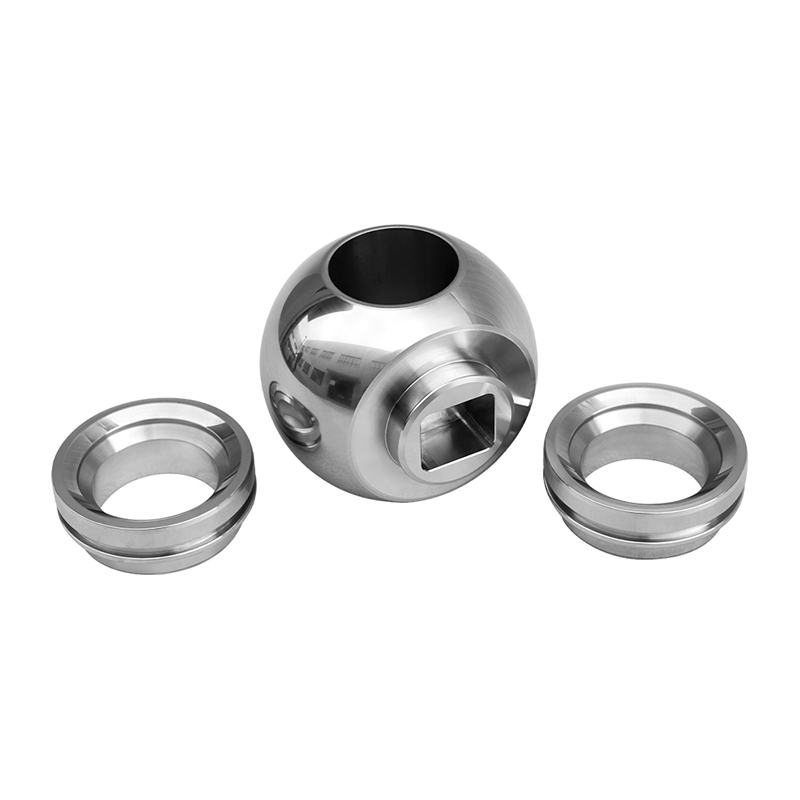Ball valves are essential components in many industrial and commercial fluid control systems. They provide a reliable way to start, stop, or regulate flow in pipelines. Understanding the different types of ball valve components and their specific uses is important for selecting the right valve for a given application. This article explores several common types of ball valve components, focusing particularly on full flow ball valve designs and low temperature ball valves, and how these components contribute to effective fluid management.

Key Components of Ball Valves
A ball valve typically consists of several main components: the valve body, the ball, the stem, seats, seals, and the actuator or handle. Each part plays a specific role in the valve’s operation.
Valve Body: The external casing that holds the internal components and provides connection points to the pipeline.
Ball: The spherical element with a hole through its center that controls flow by rotating within the valve body.
Stem: The shaft connecting the ball to the actuator or handle, allowing manual or automated turning.
Seats and Seals: Usually made from materials such as PTFE, these components ensure tight sealing when the valve is closed.
Actuator or Handle: Enables the user to open or close the valve.
Understanding how these parts work together helps in appreciating the variations in ball valve types and their appropriate applications.
Full Flow Ball Valve Components
One common design is the full flow ball valve, also known as a full port ball valve. In this configuration, the internal bore of the ball is the same diameter as the pipeline, allowing fluid to flow without any reduction in size. This design reduces pressure drop and turbulence, making it suitable for applications where maintaining flow rate and system efficiency is important.
The ball in a full flow ball valve is precisely machined to ensure a smooth, unobstructed passage when fully open. The valve seats and seals are selected to provide tight shut-off without compromising the flow path. Because the flow passage is unrestricted, full flow ball valves are often used in pipelines that require small flow resistance, such as in water treatment systems, chemical processing, and oil and gas pipelines.
Due to their design, full flow ball valves may be slightly larger or heavier than reduced port valves but offer advantages when system performance is a priority. The components used in these valves are engineered to withstand high pressure and varying temperatures, making them adaptable to different industrial environments.
Low Temperature Ball Valves and Their Components
Low temperature ball valves are designed specifically to operate effectively in environments where temperatures are significantly below ambient levels. These valves incorporate materials and designs that prevent brittleness and maintain sealing integrity under cold conditions.
Key components of low temperature ball valves include:
Materials: Valve bodies and internal parts are often made from stainless steel or other alloys that retain toughness at low temperatures. Seals and seats may use special elastomers or PTFE variants that resist hardening or cracking.
Stem Design: To prevent leakage caused by material contraction at low temperatures, the stem and packing system may include enhanced sealing features.
Thermal Insulation: Some low temperature valves are designed with insulation jackets or coatings to reduce the impact of ambient cold on the valve components.
These valves find uses in industries such as LNG (liquefied natural gas), cryogenics, and refrigeration, where maintaining control over fluid flow at badly low temperatures is critical. The components are selected and assembled to ensure durability and consistent performance despite harsh thermal conditions.
Applications of Different Ball Valve Components
The choice of ball valve components depends heavily on the intended application and operating conditions. For instance:
Full flow ball valves are preferred in systems requiring high flow capacity with a small pressure drop. Their components are suitable for high-pressure, high-volume pipelines.
Low temperature ball valves require components resistant to cold-related damage and are common in cold storage, LNG transport, and other cryogenic processes.
Ball valves with specialized seats or seals may be selected for chemical resistance or abrasive media.
Compact or lightweight ball valve components might be used in confined spaces or where weight is a concern.
Manufacturers may customize components such as seats, seals, and stems to suit particular fluids, pressures, or temperature ranges, thereby extending valve service life and reliability.
Ball valves consist of various components that can be configured to meet specific operational needs. The full flow ball valve design provides an unrestricted flow path beneficial for applications demanding high flow efficiency, while low temperature ball valves incorporate materials and seals designed to operate in cold environments. By understanding the roles of different ball valve components and their applications, engineers and procurement specialists can better select valves that match their system requirements, ensuring safety, efficiency, and longevity in their fluid control solutions.